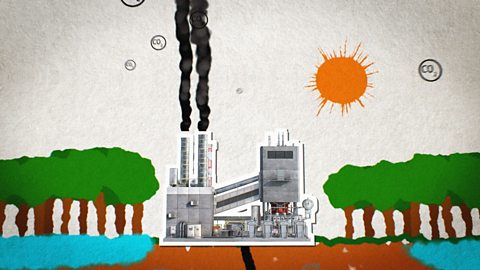Carbon dioxide
Global warming, caused by increasing carbon dioxide (CO₂) levels, changes where organisms can survive.
Greenhouse gases (like carbon dioxide) form a blanket around the Earth’s atmosphere.
This ‘greenhouse blanket’ allows heat from the Sun to enter the atmosphere but then traps it.
This is causing the Earth’s temperature to increase and is known as global warming.
Many politicians and members of the public have only recently accepted that the increase in atmospheric carbon dioxide is to blame for global warming.
Causes of CO₂ increase:
burning more fossil fuels – releases CO₂
deforestation – reduces CO₂ absorption due to less photosynthesis
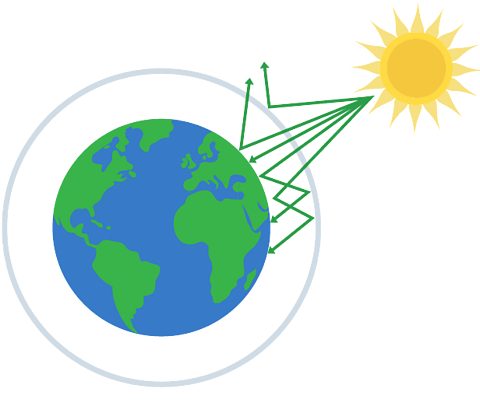
What are the effects of global warming?
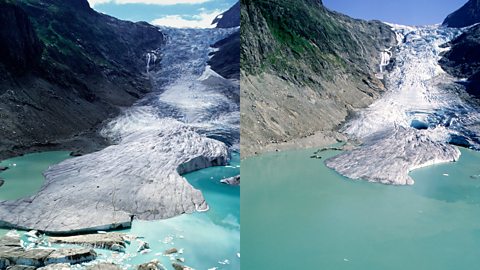
Image caption, Melting polar ice caps
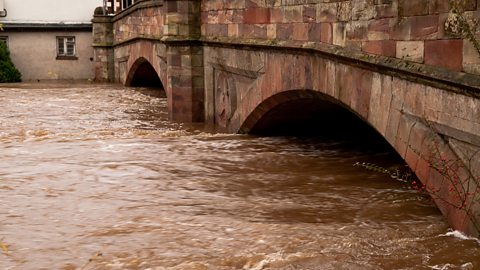
Image caption, Rising sea levels
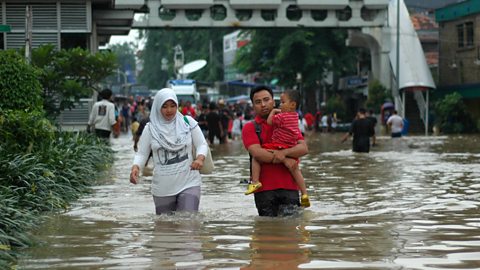
Image caption, Flooding
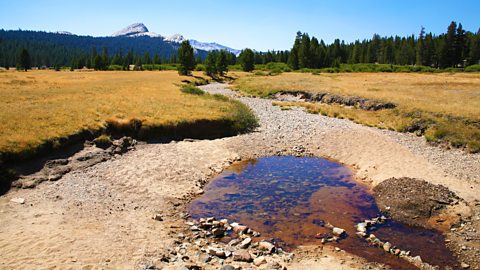
Image caption, Climate change - storms and drought
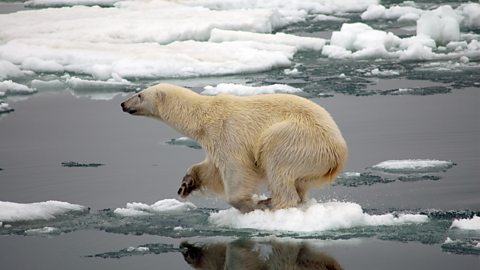
Image caption, Loss of habitats
1 of 5
How does global warming affect the distribution of organisms?
Rising temperatures
- Some species, like polar bears, lose habitats as ice melts.
- Others migrate to cooler areas, changing local ecosystems.
Extreme weather
- Frequent storms or droughts make some areas unsuitable for organisms.
- Species move to regions with more stable conditions.
Loss of habitats
- Rising sea levels and flooding destroy habitats, forcing species to relocate.
- Deforestation removes shelter and food, displacing organisms.
Life in the polar regions
How can the effects of global warming be reduced?
Reduce fossil fuel use
- Use renewable energy sources like wind and solar.
- Use public transport, cycle, or drive electric vehicles.
- Use energy-saving appliances and insulate buildings.
2. Reforestation
Plant trees to absorb carbon dioxide.
What roles do human activity and biodiversity play?
Human activity, such as deforestationThe cutting down of trees., burning fossil fuels and using excess fertiliser, can have a negative effect on biodiversity.
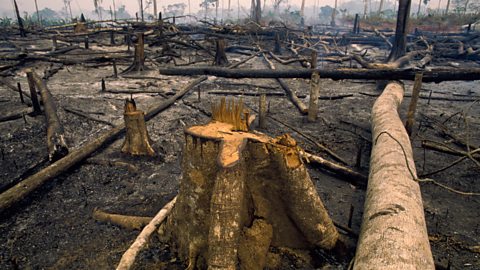
However, there are positive effects of human activity on biodiversity:
Reforestation
- Planting trees restores habitats, supports wildlife, and increases biodiversity.
Sustainable woodlands
- Only a few large trees are cut at a time, protecting ecosystems.
- Trees are planted to replace harvested trees (reforestation).
- Areas are left to recover for 25–30 years before being harvested again, ensuring sustainability and habitat protection.
International treaties
- Treaties like Kyoto (1997) and Paris (2015) set legally binding strategies to reduce CO₂ levels on Earth.
- In 2015, 195 countries committed to these agreements, promoting positive global change.
These actions help combat climate change and support biodiversity.
Test your knowledge
More on Biodiversity
Find out more by working through a topic
- count1 of 5
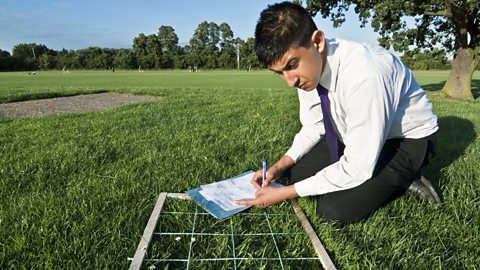
- count2 of 5

- count3 of 5
